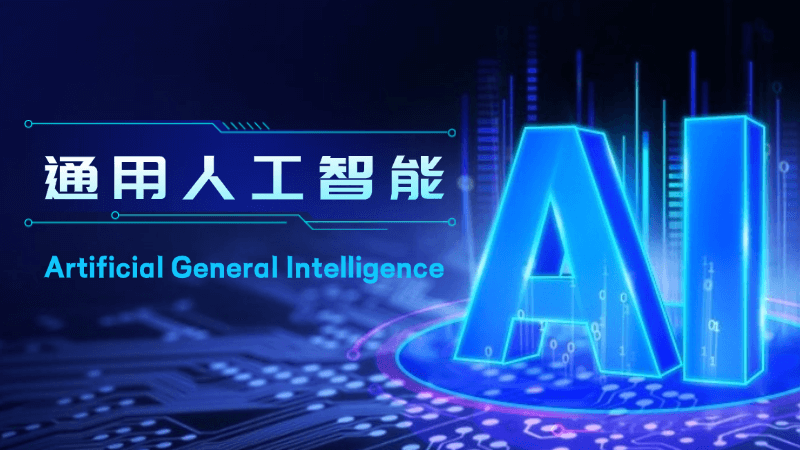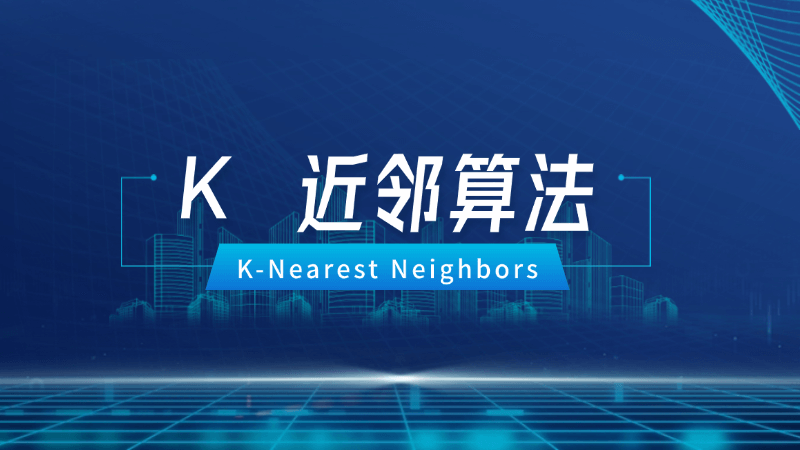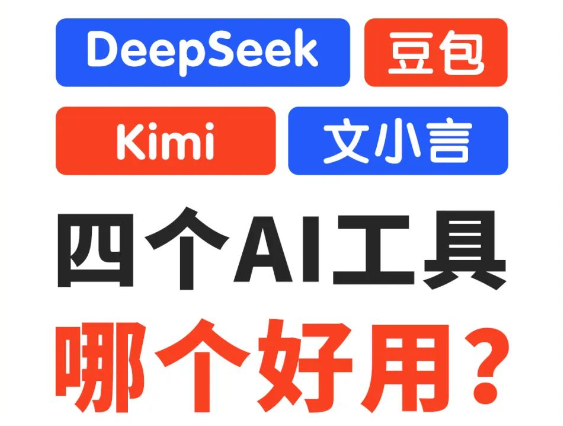General Artificial Intelligence (AGI) What is AGI (Artificial General Intelligence) in one article?
Definition and Core Concepts of General Artificial Intelligence
General Artificial Intelligence (AGI) is an intelligent system that understands, learns, reasons, adapts, and creates as well as or even better than humans in any cognitive task. AGI is not limited to a single skill such as playing chess, recognizing maps, or having conversations, but has the ability to be generalized across domains and contexts: when faced with a new problem that has never been seen before, AGI can quickly form feasible solutions by learning from one experience to another and by transferring knowledge and experience to new scenarios just like humans. The core of AGI lies in the word "universal" - without reprogramming each task or labeling data manually, AGIs can continue to expand the boundaries of their capabilities through autonomous learning, self-reflection, and interaction with the environment. . It should be able to understand the deeper meaning of natural language, have common sense reasoning and value judgment, and be able to complete daily chores as well as participate in scientific discovery; it should be able to talk with children as well as make decisions in complex systems.

History and Background of General Artificial Intelligence
- Dartmouth Conference 1956: The Beginning of Artificial Intelligence, 1956, Dartmouth Conference, New Hampshire, USA, is widely regarded as the official starting point for Artificial Intelligence (AI) as a discipline. Initiated by John McCarthy, Marvin Minsky, Claude Shannon, and Noel Newell, the conference first coined the term "artificial intelligence". The term "artificial intelligence" was first coined, and the goal of research was established: to enable machines to perform tasks that require human intelligence. The conference marked the formal beginning of AI research and laid the foundation for subsequent research on generalized artificial intelligence (AGI). During this period, researchers developed early AI concepts such as logical reasoning, expert systems, and preliminary explorations of neural networks.
- 1970s-1980s: AI Winter and technological bottlenecks, Despite initial progress in AI research in the late 1950s and early 1960s (e.g., the introduction of the Turing Test in 1950), the field of AI suffered its "first AI Winter" in the early 1970s. Winter" (AI Winter). Due to technological bottlenecks (e.g., limitations of the symbolist approach, lack of practical applications) and funding withdrawal, research progress was slow, and there was a huge gap between public and governmental expectations of AI and actual results. During this period, expert systems (e.g., MYCIN) performed well in specific domains but had limited generalization capabilities, further exacerbating the AI Winter.
- 1990s-2000s: Statistical Learning and Deep Learning Renaissance The field of Artificial Intelligence experienced a renaissance in the late 1980s and 1990s. The breakthrough of the backpropagation algorithm (1986) pushed the training of multi-layer neural networks, laying the foundation for deep learning, and in 1997, IBM's Deep Blue beat chess champion Kasparov, demonstrating the advantages of specialized AI in specific tasks. At the same time, the rise of the Internet and Big Data provided the data foundation for statistical learning, pushing AI from symbolism to statistical learning (e.g., machine learning).
- Deep Learning Explosion and AGI Revival in 2012: In 2012, AlexNet won the ImageNet competition, marking the explosion of Deep Learning, a period in which the increase in GPU arithmetic and the popularization of big data made it possible to train large-scale models. During this period, the improvement of GPU arithmetic and the popularization of big data provided the possibility of large-scale model training, which pushed AI into the "golden age". 2022, the emergence of ChatGPT and other large language models (LLM), so that the public intuitively felt the prototype of "general intelligence", which led to the emergence of "general intelligence" and the revival of AGI. In 2022, the emergence of large language models (LLMs) such as ChatGPT will enable the public to visualize the prototype of "general intelligence" and push AGI research into a new stage.
- Prospects and challenges of AGI after 2022: including common sense reasoning, causal understanding, ethical issues, etc. Large language models (e.g., the GPT family) have made progress in areas such as multimodal processing and reinforcement learning, but the realization of AGI still requires a breakthrough between cognitive science, computational efficiency, and ethical balance.
Core Technologies for General Artificial Intelligence
- Ultra-large scale multi-modal pre-training model: one of the core technologies of current AGI is the ultra-large scale multi-modal pre-training model, which realizes cross-modal comprehension and generation by unifying the processing of heterogeneous information, such as language, image and sound. For example, the Transformer architecture (e.g., GPT series) captures contextual information through the Attention mechanism (Attention), which promotes breakthroughs in natural language processing and multimodal tasks. These models rely on large-scale data and arithmetic support, which is the key to realize "general intelligence" in AGI.
- Reinforcement Learning from Human Feedback (RLHF): RLHF (Reinforcement Learning from Human Feedback) optimizes model behavior through human feedback to align system behavior with human values and reduce harmful output. For example, ChatGPT is fine-tuned by human feedback to improve conversation quality and safety. This technique combines reinforcement learning and human supervision, and is an important tool for AGI to achieve the goal of "alignment".
- Meta-Learning and Few-Shot Learning: Meta-Learning and Few-Shot Learning enable models to quickly adapt to new tasks with small amounts of data, enabling "look-and-see" cross-task migration. For example, Meta-Learning optimizes the generalization ability of the model through Meta-Training, which is applicable to the Few-Shot scenario.
- Embodied Intelligence and Simulation Migration: Embodied AI (EAI) enables migration from simulation to reality by accumulating experience in the real world through robots or virtual agents. For example, Embodied AI learns physical laws and skills by interacting with the environment to facilitate autonomous decision-making by AGI in complex environments.
- Interpretability and causal reasoning: Interpretable frameworks (e.g., causal reasoning) help humans to understand the decision logic of models and enhance the trustworthiness of AGI. For example, analyzing model behavior through causal graphical models reduces the "black box" problem and enhances user trust.
Application Areas for General Artificial Intelligence
- Scientific Discovery: Automatically read literature, formulate hypotheses, design experiments, and accelerate research and development of new drugs, new energy sources, and materials.
- Personalized education: real-time analysis of students' emotions and knowledge blind spots, generating interactive teaching solutions for thousands of students.
- Intelligent healthcare: cross-departmental integration of imaging, genetics, and medical records to provide interpretable diagnostic and therapeutic decision support for physicians
- Intelligent city management: fusion of traffic, energy, security, meteorological big data, real-time territory-wide collaborative optimization
- Digital creative industries: co-writing, composing and designing with humans to promote zero-threshold personalized content production
Challenges for General Artificial Intelligence
- The value alignment puzzle: ensuring that system goals remain aligned with the long-term overall interests of humanity as it evolves itself
- Insufficient black box interpretability: complex model decision links are difficult to understand by humans, hindering regulation and trust building
- Legal and Ethical Gaps: Rules on Liability, Privacy Protection, Employment Impacts Lag Far Behind the Speed of Technology Iteration
© Copyright notes
Article copyright AI Sharing Circle All, please do not reproduce without permission.
Related articles

No comments...




